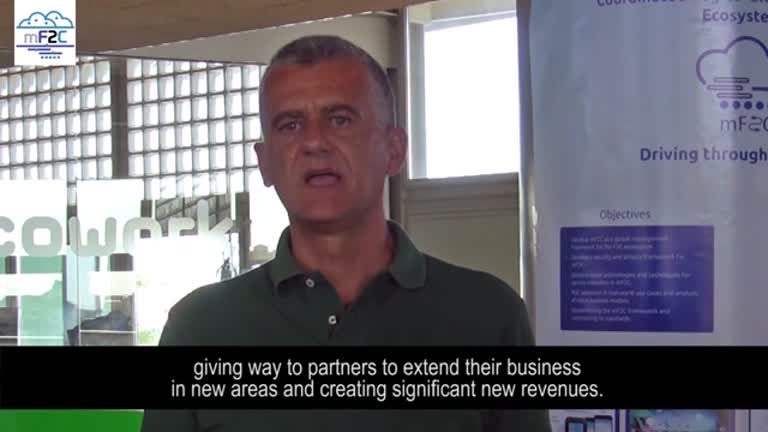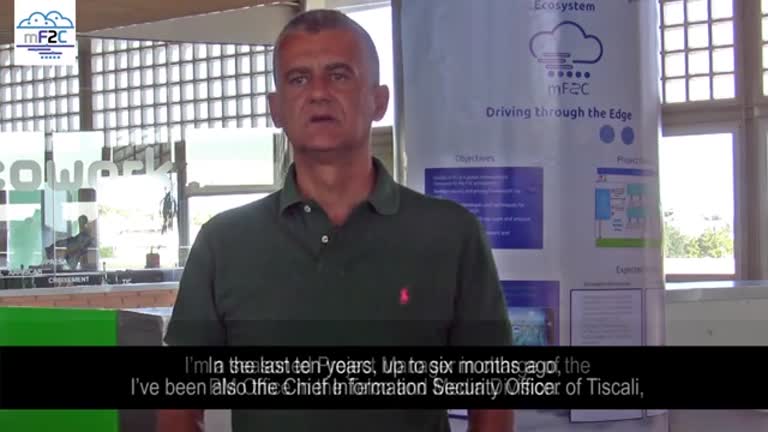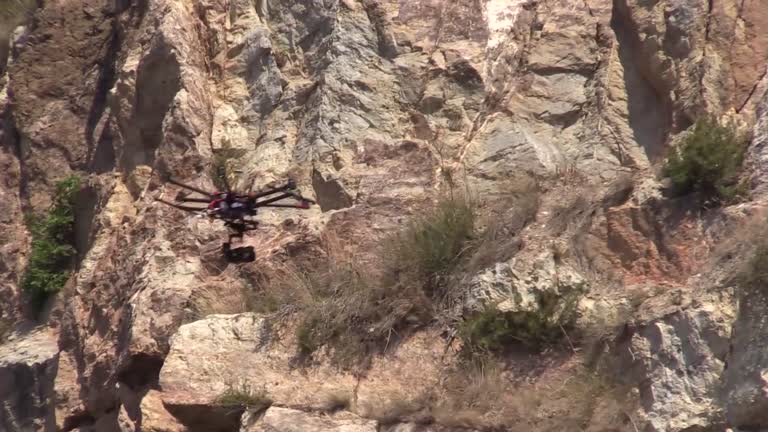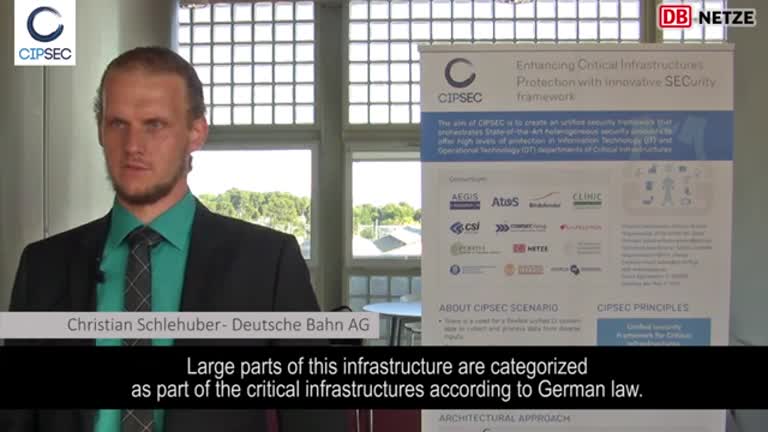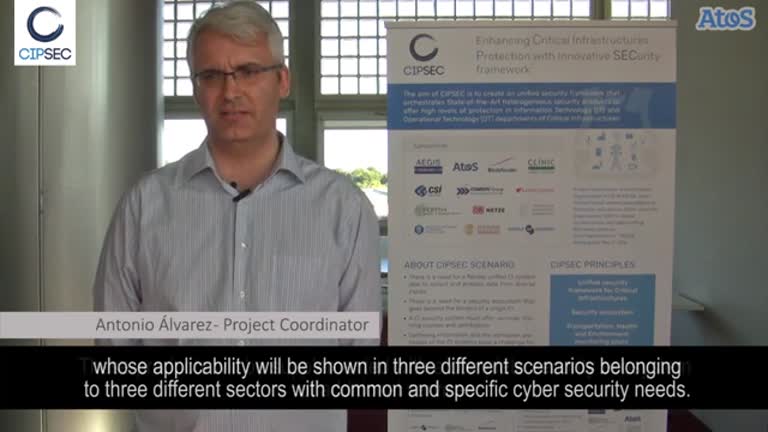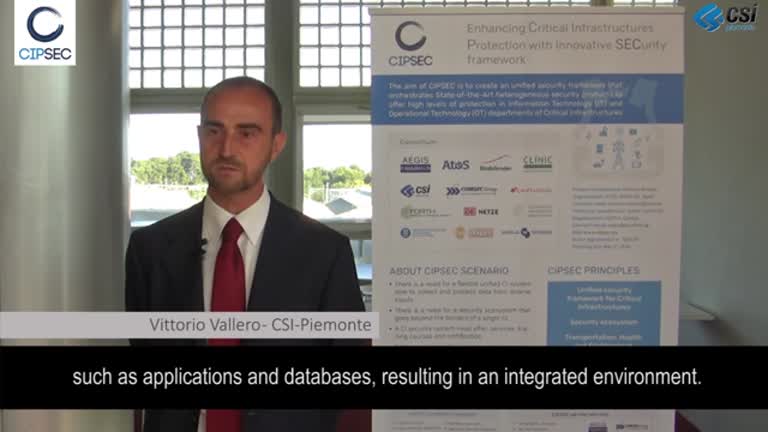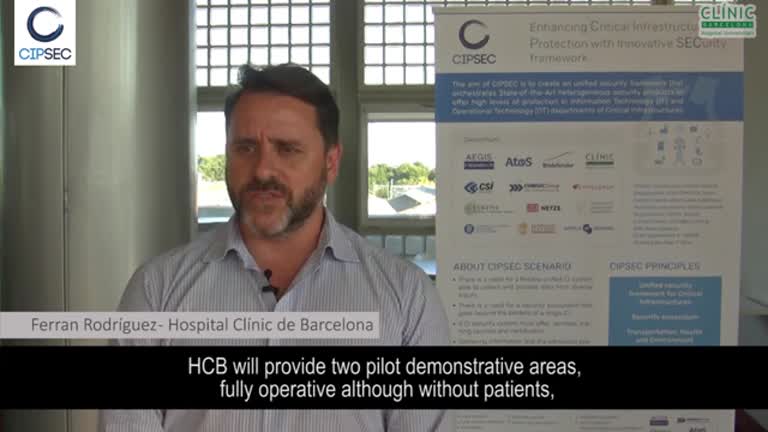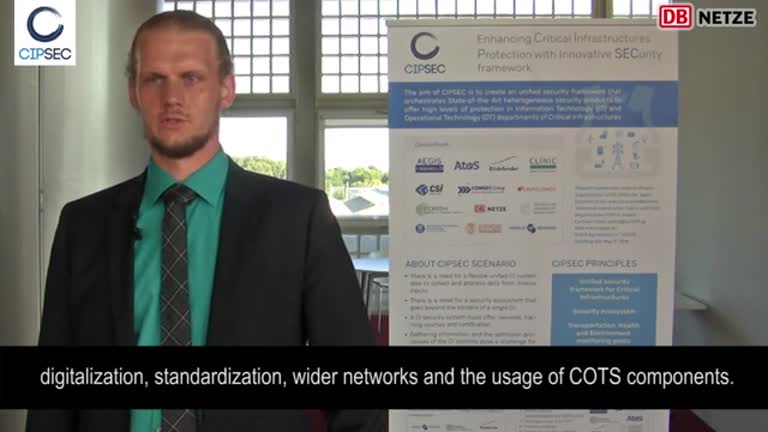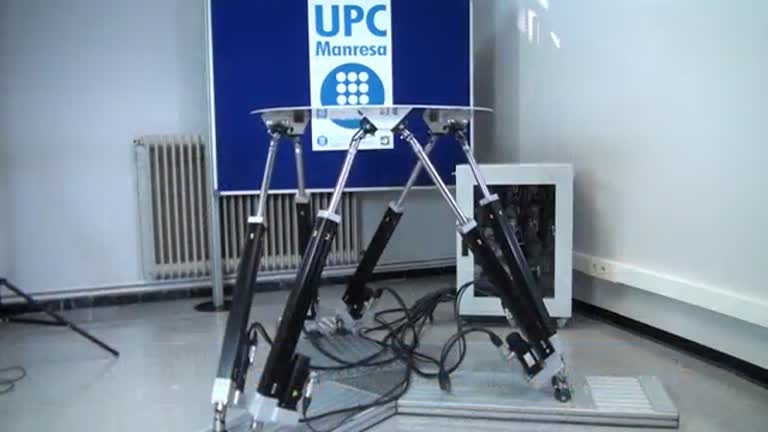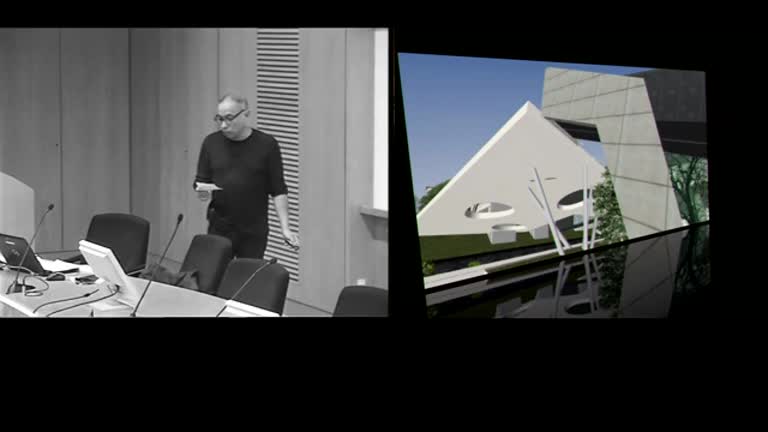Objectes multimèdia amb l’etiqueta: Difusió de la recerca general
Resultats de la cerca
mF2C Project : Industrial impact
Accés obert
30 d’oct. 2017
Descripció dels interessos i beneficis esperats per part dels participants en el projecte mF2C.
mF2C Project : Project presentation
Accés obert
10 d’oct. 2017
Presentació del projecte mF2C i 3 exemples d'àmbits d'implementació.
Desprendimientos en escarpes rocosos: Cuantificación del riesgo y su prevención
Accés obert
12 de jul. 2017
Los desprendimientos rocosos son fenómenos de inestabilidad frecuentes en desmontes de vías de comunicación, en minas a cielo abierto y canteras, en laderas escarpadas y acantilados costeros. La disposición y persistencia de las juntas en el macizo rocoso determinan las dimensiones de los volúmenes de roca cinemáticamente inestables y condicionan el modo como se producirá la fragmentación de la masa desprendida en su impacto contra el terreno. Para caracterizar dichas discontinuidades se trabaja sobre modelos tridimensionales del escarpe rocoso. En este video se muestran varias técnicas geomáticas empleadas en el proyecto de investigación RockRisk (BIA2013-42582-P) para la obtención de los modelos 3D, como el Láser Escáner Terrestre o TLS (Terrestrial Laser Scanning) y la fotogrametría desde vehículos aéreos no tripulados, cuyo uso está justificado por la inaccesibilidad y el riesgo que entraña el trabajo en cantiles rocosos.
CIPSEC (by Deutsche Bahn AG)
Accés obert
1 de juny 2017
Presentació de la participació de Deutsche Bahn AG dins el projecte CIPSEC : Enhancing Critical Infrastructures Protection with Innovative SECurity framework, a càrrec de Christian Schlehuber.
CIPSEC (by Atos)
Accés obert
1 de juny 2017
Descripció del projecte CIPSEC a càrrec d'Antonio Álvarez, representant d'Atos SE (Societas Europaea) i coordinador del projecte CIPSEC.
CIPSEC (by CSI-Piemonte)
Accés obert
1 de juny 2017
Presentació de la participació del consorci CSI-Piemonte dins el projecte CIPSEC : Enhancing Critical Infrastructures Protection with Innovative SECurity framework, a càrrec de Vittorio Vallero.
CIPSEC (by FORTH Institute of Computer Science)
Accés obert
1 de juny 2017
Descripció del projecte CIPSEC a càrrec de Sotiris Ioannidis, representant del FORTH Institute of Computer Science i coordinador científic del projecte CIPSEC.
CIPSEC (by Hospital Clínic de Barcelona)
Accés obert
1 de juny 2017
Presentació de la participació de l'Hospital Clínic de Barcelona dins el projecte CIPSEC : Enhancing Critical Infrastructures Protection with Innovative SECurity framework, a càrrec de Ferran Rodríguez.
CIPSEC Project
Accés obert
1 de juny 2017
Descripció del projecte CIPSEC : Enhancing Critical Infrastructures Protection with Innovative SECurity framework.
Chemical Oxygen Demand (COD)
Accés obert
4 de nov. 2015
Chemical Oxygen Demand (COD)
COD is an empiric laboratory assay which measures the amount of organic matter contained in a water sample.
Demanda Química d'Oxigen (DQO)
DQO és un assaig empíric de laboratori que mesura la quantitat de matèria orgànica en una mostra d'aigua.
Demanda Química de Oxígeno (DQO)
DQO es un ensayo empírico de laboratorio que mide la cantidad de materia orgánica en una muestra de agua.
COD is an empiric laboratory assay which measures the amount of organic matter contained in a water sample.
Demanda Química d'Oxigen (DQO)
DQO és un assaig empíric de laboratori que mesura la quantitat de matèria orgànica en una mostra d'aigua.
Demanda Química de Oxígeno (DQO)
DQO es un ensayo empírico de laboratorio que mide la cantidad de materia orgánica en una muestra de agua.
Stewart platform
Accés obert
1 de nov. 2015
This project was supported in part by the Spanish Ministry of Economy and Competitiveness under Grant DPI2012-32375-FEDER and by a Grant from Iceland, Liechtenstein and Norway through the EEA Financial Mechanism, operated by Universidad Complutense de Madrid, Spain.
Una plataforma Stewart o robot paral•lel és un mecanisme capaç de simular moviments amb sis graus de llibertat, és a dir, tres moviments lineals i tres de rotacionals. D’aquesta manera es poden reproduir en el laboratori moviments tals como onades, terratrèmols o qualsevol tipus de pertorbació per després fer-hi estudis de control.
Una plataforma Stewart o robot paral•lel és un mecanisme capaç de simular moviments amb sis graus de llibertat, és a dir, tres moviments lineals i tres de rotacionals. D’aquesta manera es poden reproduir en el laboratori moviments tals como onades, terratrèmols o qualsevol tipus de pertorbació per després fer-hi estudis de control.
Urban Recycling. Changing the sites. Retihinking the identities
Accés obert
1 de jul. 2015
Videoconference for International Beijing's Workshop. ETSAB UPC Barcelona Tech. Architecture School. Tsinghua University Beijing. Asia. Texas University. EEUU
Enregistrament realitzat a la Unitat Multimèdia - Mediatic de l'Escola de Camins
Enregistrament realitzat a la Unitat Multimèdia - Mediatic de l'Escola de Camins


